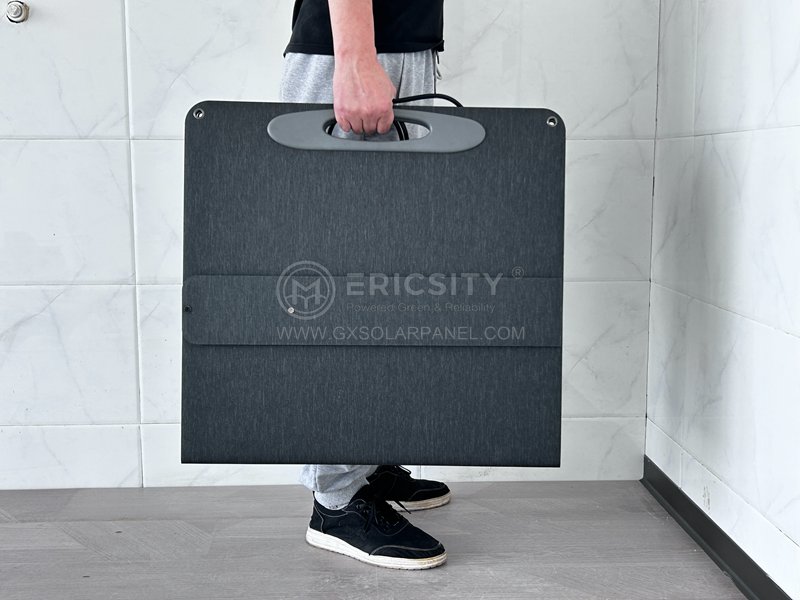HOT PRODUCT
Product Details
Understanding The Heart Of Your Solar System: Solar Panel Inverter Costs
Understanding The Heart Of Your Solar System: Solar Panel Inverter Costs
Solar energy is becoming an increasingly popular choice for homeowners and businesses looking to reduce their carbon footprint and save on electricity bills. Key components of any solar energy system are the solar panels, which convert sunlight into electricity, and the solar panel inverter, which plays a vital role in converting the generated electricity into a usable form.
Solar panel inverters are often referred to as the heart of any solar system because they are responsible for ensuring efficient power conversion and overall system performance. In this article, we will take a closer look at solar panel inverter costs and understand why investing in a high-quality inverter is essential for maximizing the benefits of your solar energy system.
Types of Solar Panel Inverters

There are primarily three types of solar panel inverters: string inverters, microinverters, and power optimizers. Each type differs in terms of their design, functionality, and cost.
String Inverters: This type of inverter is the most common and cost-effective option. It works by connecting several solar panels together in a string and converting the DC power generated by the panels into AC power. String inverters are typically placed near the solar panels and are suitable for systems with a consistent orientation and minimal shading. The cost of a string inverter can range from $1,000 to $4,000, depending on factors such as capacity and brand.
Microinverters: Unlike string inverters that connect multiple panels together, microinverters are installed on each individual solar panel. This design allows for independent power conversion, meaning that shading or a decrease in performance of one panel does not affect the output of the entire system. Microinverters are generally more expensive compared to string inverters, with costs ranging from $1,200 to $3,500 per panel.
Power Optimizers: Power optimizers are similar to microinverters but are installed at the module level. They optimize the performance of each panel by maximizing the power output, even in the presence of shading or panel mismatch. Power optimizers are usually paired with a central inverter, providing the benefits of both microinverters and string inverters. The cost of power optimizers can vary from $800 to $1,500 per panel, excluding the central inverter.
Factors Influencing Inverter Costs
Several factors contribute to the overall cost of a solar panel inverter. These include:
1. Brand and Quality: Well-established brands with a reputation for quality and reliability often come with a higher price tag. Investing in a reputable brand may provide long-term benefits, such as better warranty coverage and improved performance.
2. Capacity: Inverter costs increase with higher power capacity. The number of panels in your system and the expected output requirements will determine the capacity needed for your inverter.
3. Additional Features: Some inverters offer advanced features like monitoring capabilities, smart grid integration, and compatibility with battery storage systems. These additional features can impact the overall cost of the inverter.
4. Installation Complexity: The complexity of the installation process, including electrical wiring and system integration, can affect the cost of the inverter.
Importance of Investing in a High-Quality Inverter
While it may be tempting to opt for a lower-cost inverter to save money upfront, it is crucial to consider the long-term benefits and performance of your solar energy system. Investing in a high-quality inverter ensures:
1. Enhanced System Efficiency: A high-quality inverter will have higher conversion efficiency, resulting in more energy production from your solar panels.

2. Improved System Reliability: Quality inverters are designed to withstand temperature variations and environmental factors, providing long-lasting performance and reliability.
3. Better Warranty Coverage: Reputable inverter manufacturers often offer longer warranty periods, providing peace of mind and protection against potential malfunctions.
4. Compatibility With Future Upgrades: Investing in a high-quality inverter ensures compatibility with future technological advancements, such as battery storage or system expansion.
Conclusion
When considering the costs of a solar energy system, it is important not to overlook the significance of the solar panel inverter. Investing in a high-quality inverter may come with a higher initial cost but offers numerous long-term benefits, including enhanced efficiency, reliability, and compatibility. By understanding the various types of inverters, their costs, and associated factors, you can make an informed decision and ensure the heart of your solar system operates optimally for years to come.




